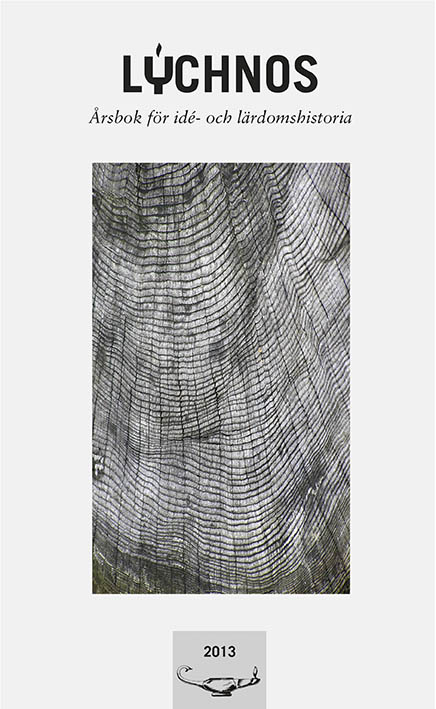Materialising the Swedish National Archives
A biography of spoils from Mitau in 1621
Abstract
The article deals with the meanings and effects of a collection of documents that was taken as spoils by the Swedish army in the Livonian town Mitau in 1621. An object biography of the documents from Mitau makes it possible to follow the collection through the entire 17th century in order to analyse how the meanings and effects of the documents changed when introduced into new contexts. But such a biography also reveals how the war booty object itself was transformed over time.
The Mitau object, which came into being when the collection was gathered and taken as war booty by the Swedish army, quickly changed in the context of the Swedish national archives, which were located in the royal castle during the 17th century. Several inventories and lists of the national archives make it possible to follow the Mitau documents being separated through different arrangements made by the archivists. Some of the papers were incorporated with other documents associated with Swedish kings; each reign had their own archive cabinet where the most valuable documents were ordered chronologically. Other Mitau documents were put in barrels, chests and boxes and were moved to other rooms in the royal castle due to lack of space in the rooms of the national archives. Over time, documents of very different provenance were added to the Mitau object, changing its composition once more.
The Mitau documents became a meaningful historical and political resource for the Swedish government. But the documents also affected the national archives. They were a material quantity that demanded space, a disorder that needed to be ordered and of several provenances that needed to be classified by the archivists – not always an easy fit in the chronological and dynastic order that dominated the national archives at the time. The Swedish national archives were not only materialised by documents that historically had been produced by the Swedish government and Sweden’s kings and queens, but also with spoils collected during wars. In this way the national archives were in part an effect of a war booty practice.
Downloads
Published
Issue
Section
License
This work is licensed under a Creative Commons Attribution 4.0 International License. The copyright for the work published in Lychnos remains with the authors.


